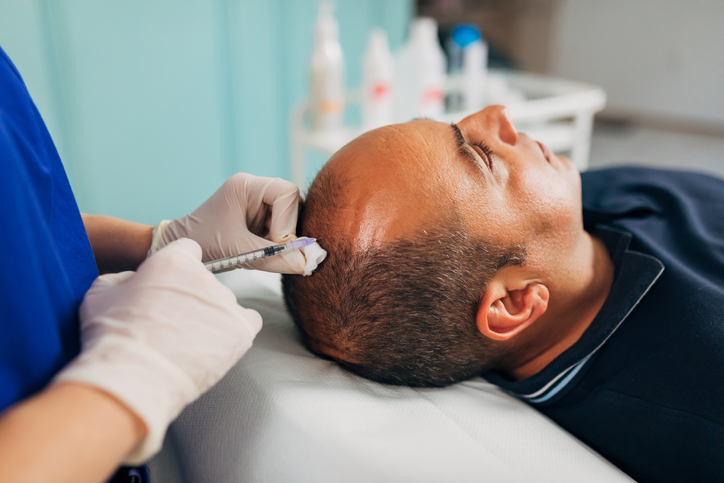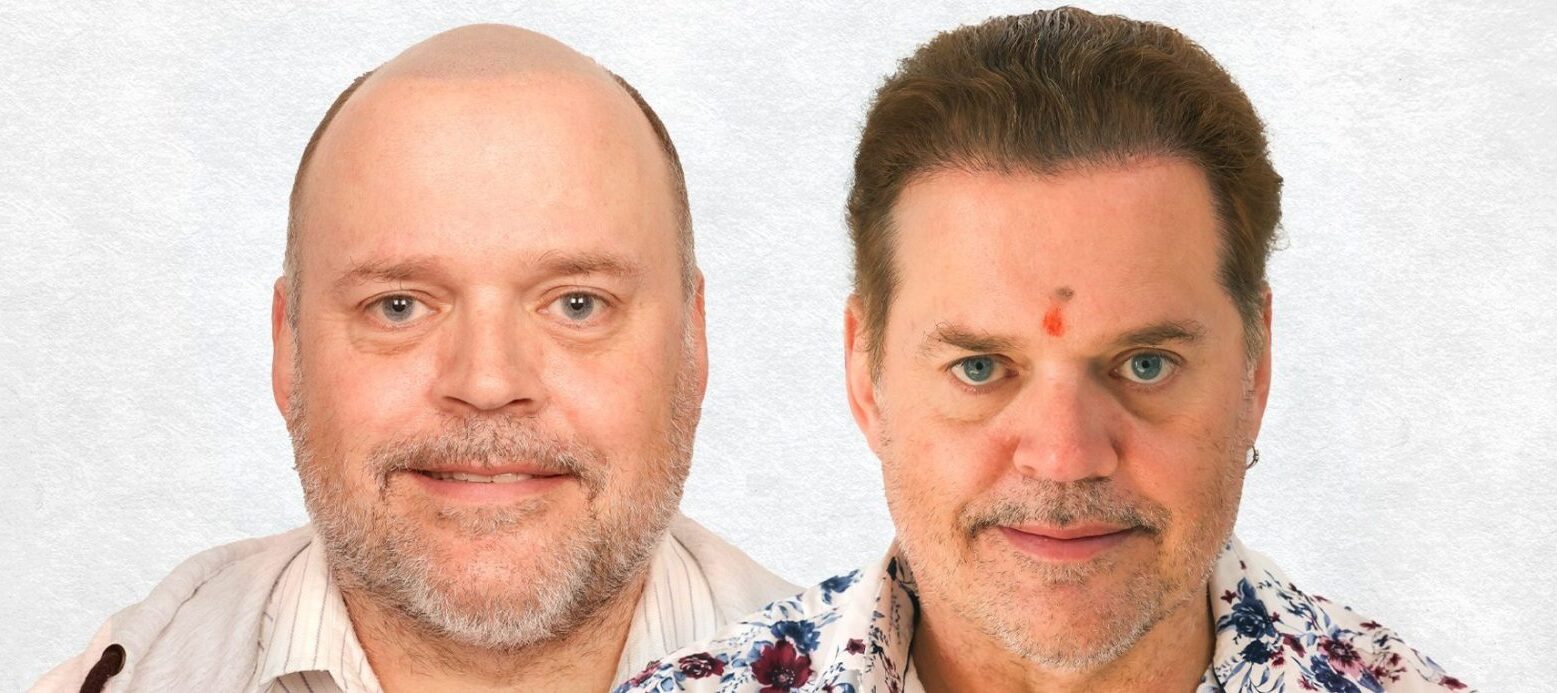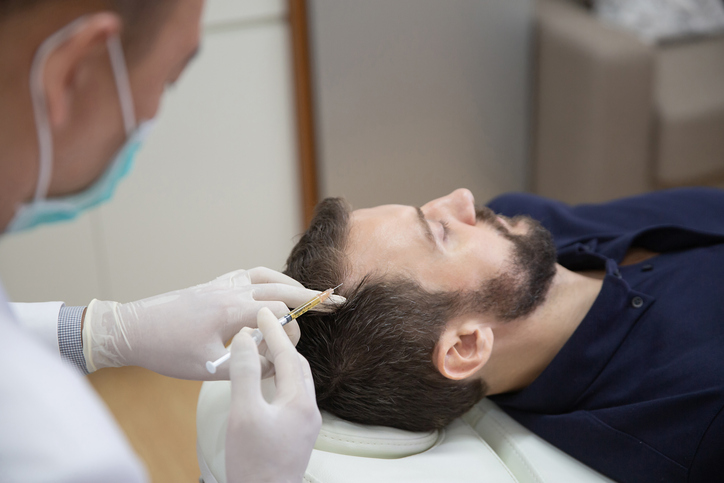Advancements in medical technology have paved the way for effective hair restoration solutions. Among these, hair transplantation stands out as a popular and reliable option. Let’s embark on a comprehensive journey through the world of hair transplants, exploring the different techniques, the procedure itself, recovery, and the transformative potential it holds for individuals seeking to reclaim their confidence.
Understanding Hair Loss and Candidate Selection
Hair loss can stem from various factors, including genetics, hormonal changes, ageing, or medical conditions. Before embarking on a hair transplant journey, it is crucial to determine the cause and extent of hair loss. A consultation with a qualified hair transplant specialist can help evaluate candidacy and tailor a treatment plan. Factors such as donor hair availability, hair loss progression, and individual expectations are considered to ensure the best possible outcomes.
Hair Transplant Techniques: FUT and FUE
Hair transplantation encompasses two primary techniques: Follicular Unit Transplantation (FUT) and Follicular Unit Extraction (FUE). FUT involves harvesting a strip of scalp from the donor area, dissecting it into individual grafts, and transplanting them into the recipient area. On the other hand, FUE involves extracting individual hair follicles directly from the donor area and implanting them into the recipient area. Both techniques have their advantages, and the choice depends on individual factors and surgeon expertise.
The Hair Transplant Procedure
The hair transplant procedure typically takes place in a specialized clinic or surgical facility. After the administration of local anesthesia, the surgeon meticulously extracts or harvests donor hair from the selected area. The grafts are then prepared and meticulously placed into tiny incisions made in the recipient area, following the natural hairline and pattern. The procedure duration can vary depending on the extent of hair loss and the number of grafts required.
Recovery and Post-Operative Care
After the hair transplant procedure, patients can expect a recovery period of a few days to a couple of weeks. Swelling, scabbing, and mild discomfort are common during the initial days. It is crucial to follow the post-operative care instructions provided by the surgeon, which may include guidelines for washing the scalp, avoiding strenuous activities, and protecting the transplanted area from direct sunlight. Within a few weeks, the transplanted hair will shed, making way for new hair growth.
Patience and Hair Growth Timeline
Patience is key when it comes to hair transplant results. After the shedding phase, which can occur within the first month, the transplanted hair follicles enter a resting phase. Over the course of several months, new hair growth begins, and the transplanted follicles gradually produce new, permanent hair. The complete hair growth timeline can vary from several months to a year or more, with noticeable improvements becoming apparent over time.
Expectations and Realistic Results
Managing expectations is vital for a satisfying hair transplant experience. While modern techniques provide natural-looking results, it is essential to understand that a hair transplant does not create new hair but redistributes existing hair follicles. The success of a hair transplant depends on various factors, including the quality of the donor hair, the skill of the surgeon, and the individual’s unique characteristics. A thorough consultation and open communication with the surgeon help set realistic goals and achieve optimal outcomes.
Potential Risks and Complications
Like any surgical procedure, hair transplants carry a minimal risk of complications. These can include infection, bleeding, scarring, or an unfavourable aesthetic outcome. However, the risks are significantly minimised with proper patient selection, a skilled surgeon, and adherence to post-operative care instructions. Choosing a reputable clinic and ensuring that a qualified and experienced hair transplant specialist performs the procedure is crucial.
Emotional Impact and Restored Confidence
Hair loss can deeply affect an individual’s self-esteem and emotional well-being. The transformative potential of a successful hair transplant procedure extends beyond physical appearance, restoring confidence and improving overall quality of life. Reclaiming a full head of hair can positively impact social interactions, self-image, and mental health, allowing individuals to feel more comfortable and confident in their own skin.
Hair transplants have evolved into a reliable and transformative solution for those seeking to address hair loss and restore their confidence. Understanding the different techniques, the procedure itself, recovery, and realistic expectations is crucial when embarking on a hair transplant journey. By partnering with a qualified and experienced hair transplant specialist and maintaining patience throughout the process, individuals can embark on a remarkable journey towards reclaiming their natural hair and regaining their self-assurance.





